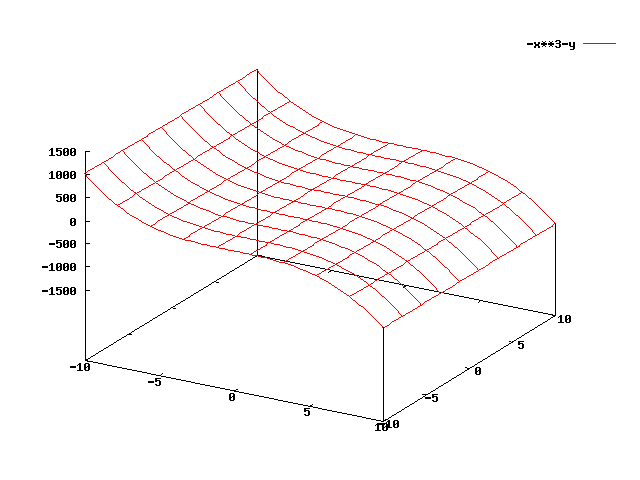

On the build process, gnuplot contains either a builtin copy of thoseįiles or simply a default hardcoded path.
#GNUPLOT FONTS DRIVER#
GNUPLOT_PS_DIR Used by the postscript driver to locate external prologue files. The "fontpath" variable, but not saved with the "save"Īnd "save set" commands. The contents of GNUPLOT_FONTPATH are appended to GNUPLOT_FONTPATH The font search path used by the postscript terminal.
#GNUPLOT FONTS DRIVERS#
GNUPLOT_DEFAULT_GDFONT The default font for the terminal drivers that access TrueType fonts via This variable gives the font search path for these drivers.

GDFONTPATH Several gnuplot terminal drivers access TrueType fonts via the gd library. Variable, but not saved with the "save" and "save set"Ĭommands. The contents of GNUPLOT_LIB are appended to the "loadpath" The variable mayĬontain a single directory name, or a list of directories separated by GNUPLOT_LIB Additional search directories for data and command files. FIT_LOG The name of the logfile maintained by fit. FIT_SCRIPT Specifies a gnuplot command to be executed when a fit is interrupted-see SHELL The program used for the "shell" command. PAGER An output filter for help messages. HOME The name of a directory to search for a. GNUHELP The pathname of the HELP file (gnuplot.gih). $XDG_CONFIG_HOME/gnuplot/gnuplotrc start-up files and, of course, by laterĮxplicit "set terminal" commands. GNUTERM The name of the terminal type to be used by default. ENVIRONMENTĪ number of shell environment variables are understood by gnuplot. These options have no effect on other terminal types. Options specific to gnuplot, type help x11 on the gnuplot command The X(1) man page for a description of common options. Toolkit options and resources such as geometry, font, and background. s, -slow wait for slow font initialization rather thanįor terminal type x11, gnuplot accepts the standard X e "command list" executes the requested commands

~/.gnuplot, and $XDG_CONFIG_HOME/gnuplot/gnuplotrc on entry. "call" mechanism and pass it the remainder of the command line as p, -persist lets plot windows survive after main gnuplot Support for a huge variety of output devices and file formats. Shell escapes and command line substitution. There is an on-line demo collection atĢD and 3D plots with mouse-controlled zooming, rotation, and Including surface-fitting, error bars, boxplots, histograms, heat maps, and Many presentation styles for plotting user data from files, Part is plotted by default, but functions like imag() and abs() and arg() Library functions, and some things C doesn't have like **, sgn(), etc.Īll computations performed in the complex domain. Plots any number of functions, built up of C operators, C math If no files are given, gnuplot prompts for interactive If file names are given on the command line, gnuplot loads andĮxecutes each file in the order specified, and exits after the last file is Gnuplot is a command-driven interactive plotting
#GNUPLOT FONTS MANUAL#
See the section "Reading coordinates from tables" of the pgfplots manual for more information.Gnuplot - an interactive plotting program SYNOPSIS
#GNUPLOT FONTS CODE#

The process which I use to generate graphs is the following: See example below where the figure naturally fills up the column width of the document and uses the same font size. What you require can be easily accomplished using pgfplots, which is a LaTeX package so that all the code for drawing graphics can be included into your. The reason is that depending on the dimensions and font size of the final LaTeX document, you would need to calculate manually the dimensions and the font size of the figures. I don't think that it would be possible to do this easily using the current set of tools ( gnuplot and epslatex).


 0 kommentar(er)
0 kommentar(er)
